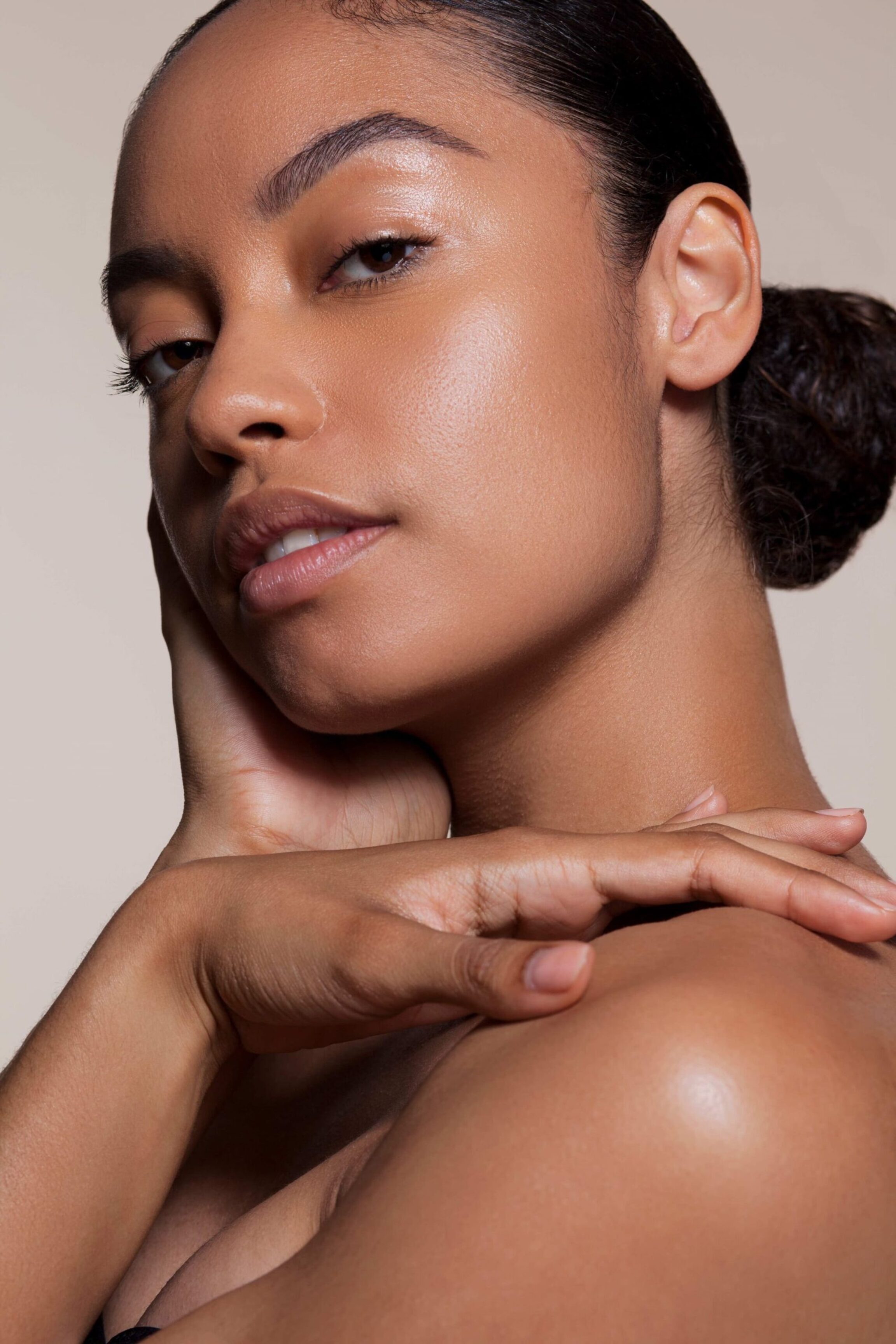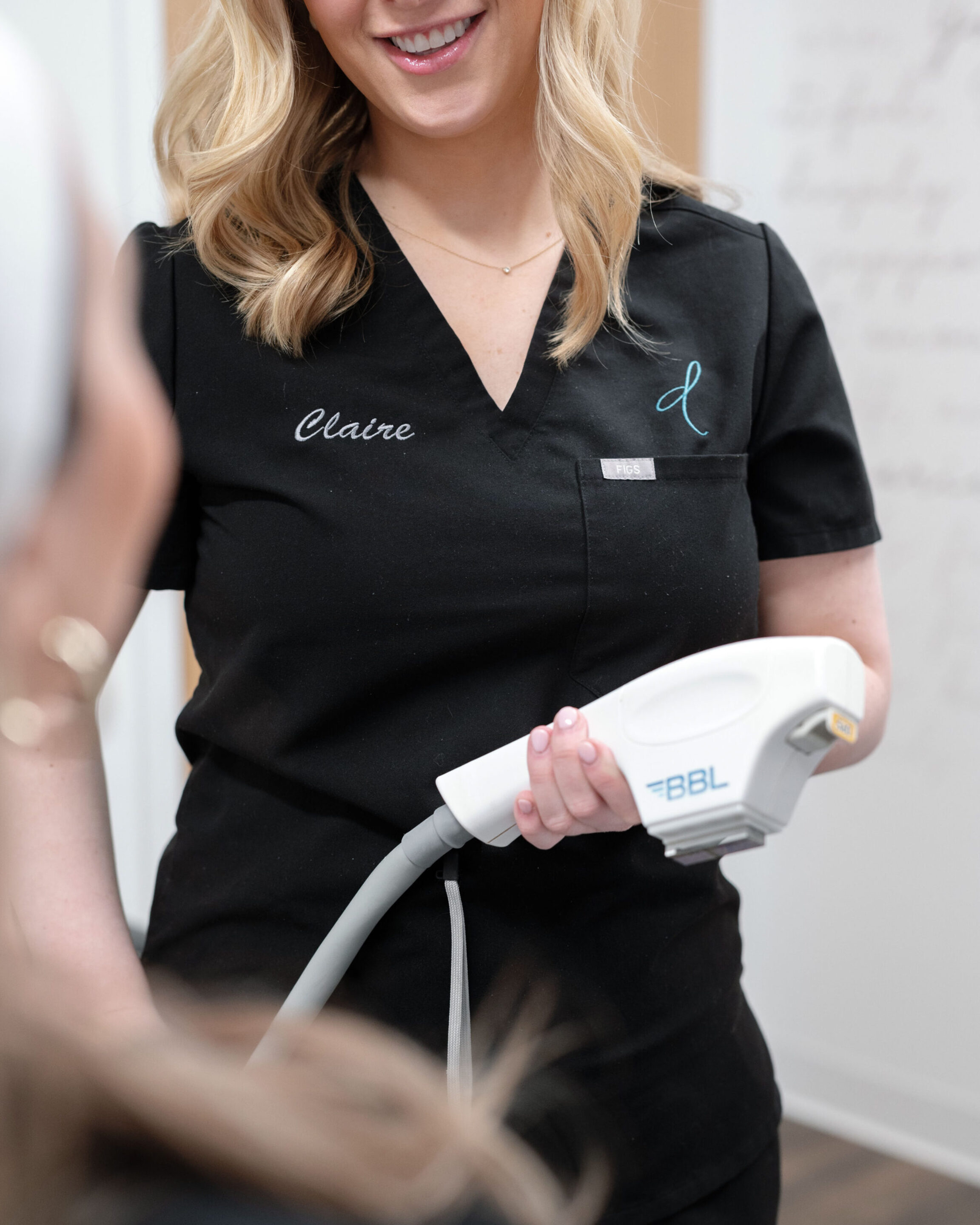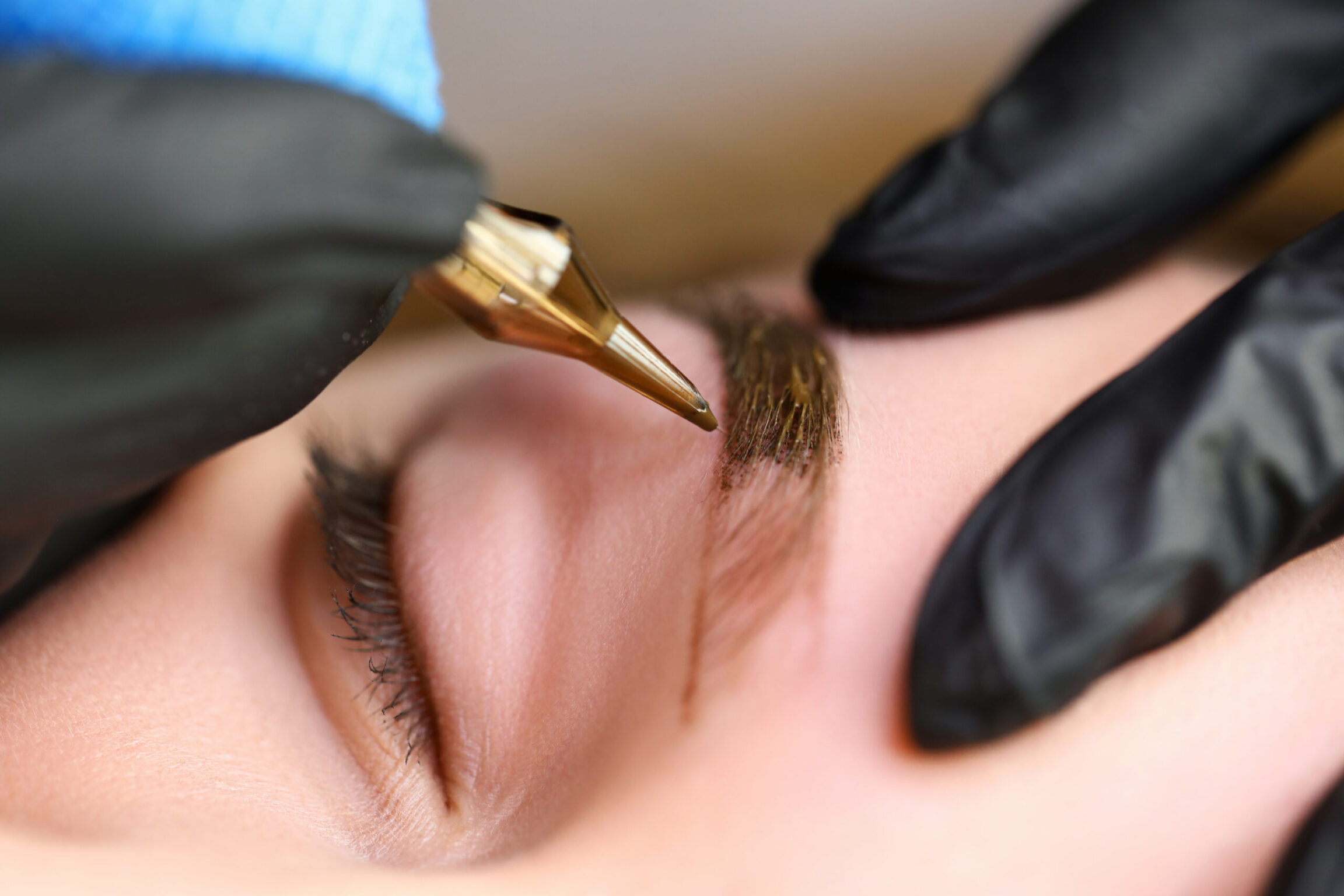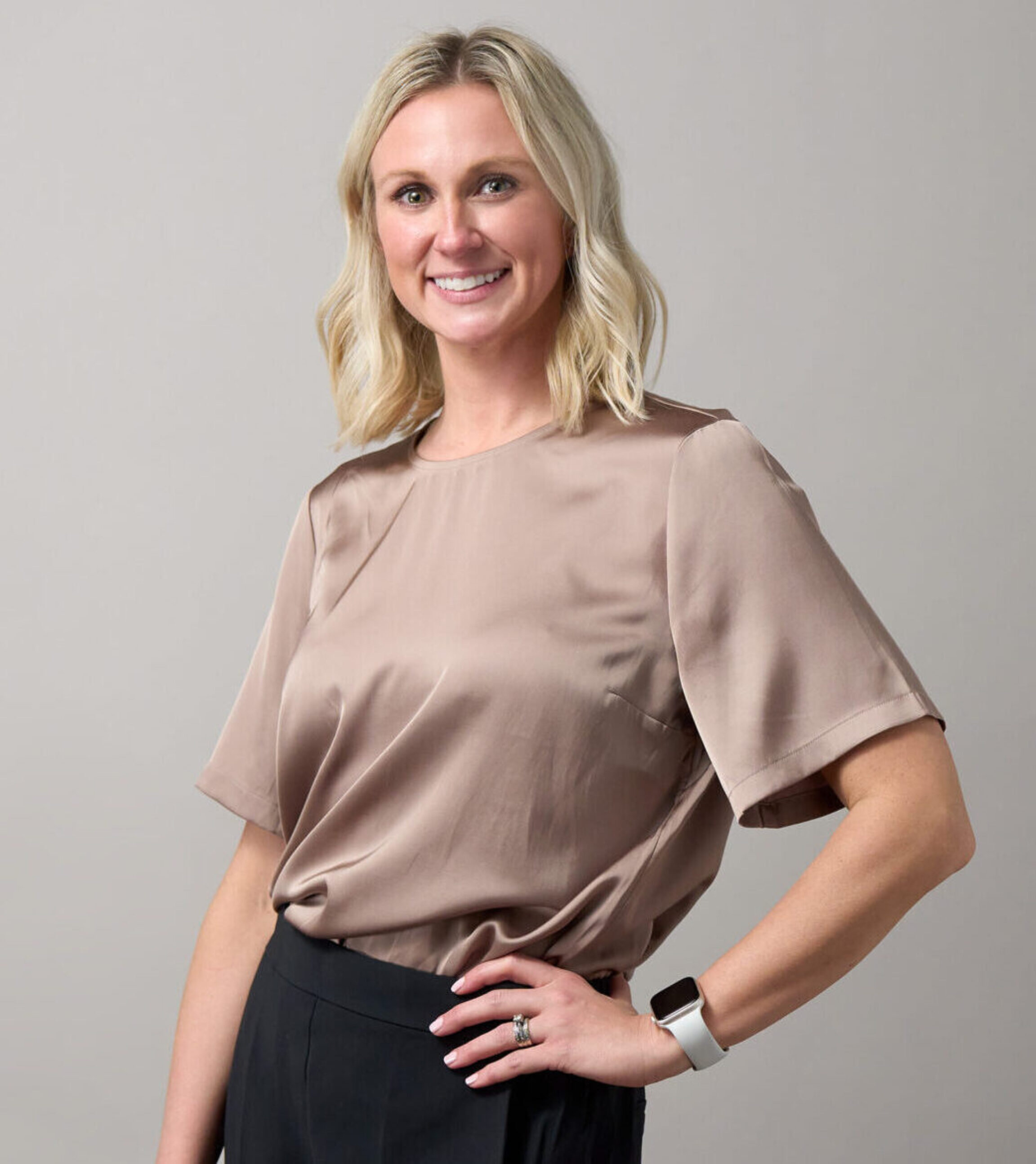Military Admission Concerns That Can Be Corrected With Plastic Surgery
Some issues that could prevent military admission can be corrected via plastic surgery. Those aspiring to serve their country can consult a plastic surgeon about resolving cosmetic issues such as gauged ears, tattoos, as well as help with liposuction or Coolsculpting.
Body Modification Policy: Gauged Ears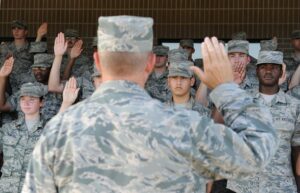
Stretching the ear to accommodate wide gauge jewelry could be an issue for anyone desiring military service. In the US Armed Forces, having ear lobes that are cosmetically stretched to the point where light can readily be seen through the piercing, is typically an instant and permanent disqualification. Correcting gauged ears with an earlobe repair is an outpatient procedure requiring local anesthesia. The plastic surgeon removes the damaged skin and stitches the earlobe together with a natural-looking contour. After healing, creases and folds of the ear usually conceal the scar.
Military Tattoo Regulations: Tattoo Removal
Different branches of the military have individual policies regarding tattoos. For example, both the Army and the Navy allow arm sleeves, but the Army prohibits neck ink. Applicants will need to know specific prohibitions for admission. If a tattoo is prohibited, surgical excision may be an option. Generally, only small tattoos are suitable for removal, with larger ones not being ideal candidates for plastic surgery. The procedure involves using a scalpel to cut away the inked skin, and then the doctor closes the area with stitches.
Weight and Body Fat Standards: Liposuction/Coolsculpting
Liposuction or Coolsculpting can help applicants resolve potential weight issues before joining the military. In the 17-20-year-old age group, men’s body measurements of height, neck, and waist are used to figure body fat percentage, which must be under 20 percent for the U.S. Army. Similarly, women’s measurements for neck, waist, and hips are used to calculate body fat percentage, which must be below 30 percent for the U.S. Army. Liposuction removes pockets of fat around the waist, under the chin, and other targeted areas, producing a sculpted appearance and helping the patient fall within the required ratios. CoolSculpting is a newer type of nonsurgical procedure that involves freezing fat cells, which are eventually eliminated from the body.
For those seeking enlistment in the armed forces but struggling with certain physical limitations, Dr. Donaldson will recommend the best options to help patients with meeting a particular military branch’s admission requirements.
About The Author 
Jeffrey Donaldson, MD has great respect for the armed forces and actively uses his surgical talents to help more individuals clear admission standards in an effort to pursue their dreams. He has more than 20 years of experience performing successful liposuction and earlobe repair procedures.
Related Articles
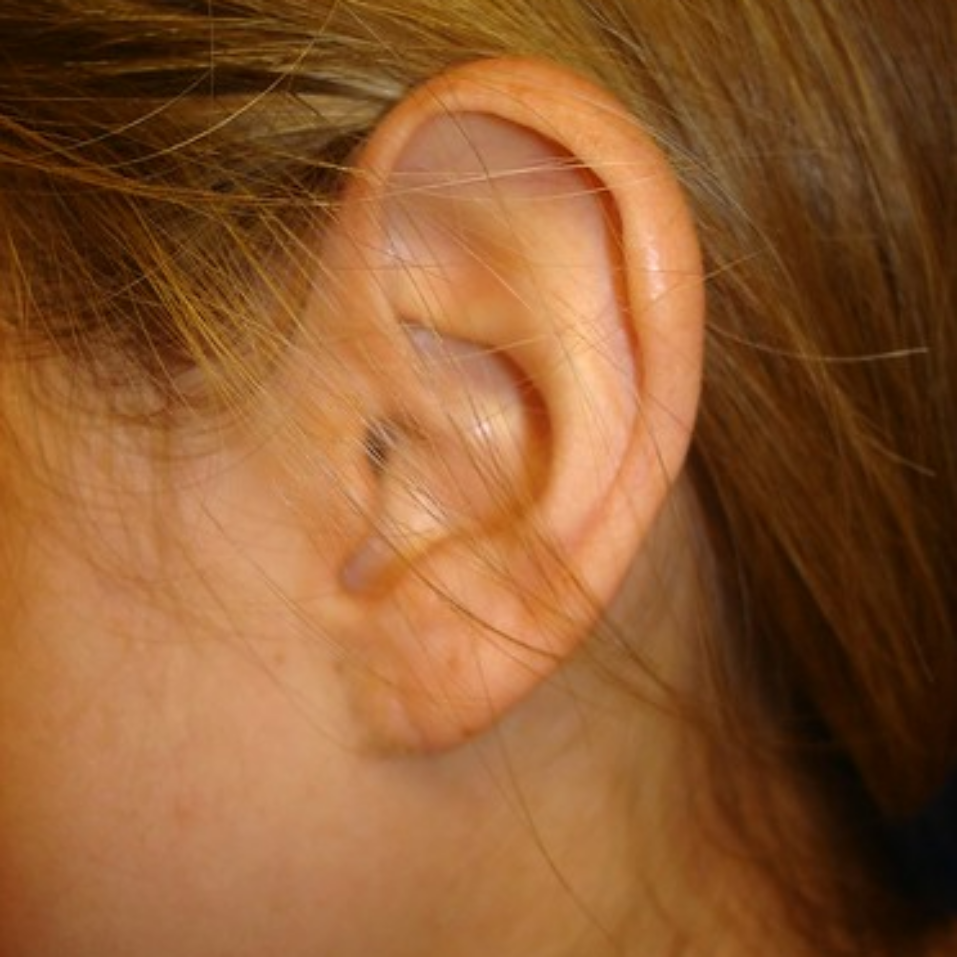
Read More Earlobe Repair for Stretched or Split Piercings
Earlobe Repair for Stretched or Split Piercings
You wore the big hoop earrings in the 80’s, and now your piercings are stretched. Your friend pierced your ears…







